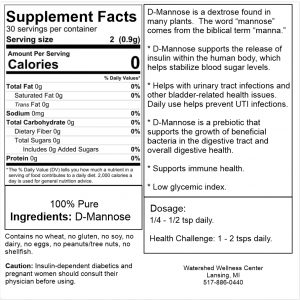By Bob McCauley, ND
- Chronic consumption of microwaved food causes brain damage by short circuiting electrical impulses and depolarizing, or demagnetizing, brain tissue.
- Hormone production is significantly altered by chronic consumption of microwaved foods.
- The minerals in vegetables are altered into cancerous free radicals when cooked in microwave ovens.
- Microwaved foods have been shown to enhance the growth of cancerous stomach and intestinal tumors.
- Chronic consumption of microwaved food causes loss of memory, concentration, emotional instability and a decrease in intelligence.
- Chronic consumption of microwaved food causes immune system deficiencies through lymph gland and blood serum alterations.
- The human body cannot metabolize and absorb nutrients and by-products from microwaved food because they have been chemically altered in a way that they are unrecognized as nutrients by the body.
- Chronic consumption of microwaved foods can cause cancerous cells to develop in the blood.
- Microwaving human milk intended for breast-feeding chemically alters it, destroying some of its anti-disease properties such as its antibodies lysozymes (bacteria-digesting enzymes). Raising it to 150-200°F causes it to lose 96% of its immunoglobulin-A antibodies.[1]
- Blood is routinely warmed to body temperature before it is used in a transfusion. A person receiving a transfusion from microwaved blood will die.[2]
- Heating water to boiling in a cup or glass can potentially explode if its surface is disturbed by any object such spoon. Several accidents of this nature have occurred.
- Microwaves work on the principle of alternating current. The atoms, molecules and cells that are exposed to this strong electromagnetic radiation reverse polarity up to 1 billion times per second. Organic matter cannot stand up to this kind of violent energy and completely breaks down. This is known as structural isomerism. “Impaired cells (that had been exposed to microwaves) become easy prey for viruses, fungi and other micro-organisms. The natural repair mechanisms are suppressed, and cells are forced to adapt to a state of energy emergency: they switch from aerobic to anaerobic respiration. Instead of water and carbon dioxide, hydrogen peroxide and carbon monoxide are produced.” [3] This radiation results in destruction and deformation of molecules of food and in the formation of new compounds (called radiolytic compounds) not found in nature.
“Microwaved food contains both molecules and energies not present in food cooked in the way humans have been cooking food since the discovery of fire. Microwave energy from the sun and other stars is direct current based. Artificially produced microwaves, including those in ovens, are produced from alternating current and force a billion or more polarity reversals per second in every food molecule they hit. Production of unnatural molecules is inevitable. Naturally occurring amino acids have been observed to undergo isomeric changes (changes in shape morphing) as well as transformation into toxic forms, under the impact of microwaves produced in ovens.” [4]
- The Russians banned the sale and use of microwaves in 1976 after running studies on the microwave equipment they confiscated from the Nazis after WWII. They issued an international warning of biological and environmental health hazards. Their findings included: Microwaving prepared meats sufficiently to insure sanitary ingestion caused formation of d-Nitrosodienthanolamines, a known carcinogen. Microwaving milk and cereal grains converted some of their amino acids into carcinogens. Thawing frozen fruits converted their glucoside and galactoside containing fractions into carcinogenic substances. Extremely short exposure of raw, cooked or frozen vegetables converted their plant alkaloids into carcinogens. Carcinogenic free radicals were formed in microwaved plants, especially root vegetables. Decrease in nutritional value and bio-availability of vitamin B complex, vitamin C, vitamin E, essential minerals and lipotropics factors occurred in all foods tested. Various kinds of damaged to many plant substances, such as alkaloids, glucosides, galactosides and nitrilosides. The degradation of nucleo-proteins in meats.
- The Russians did research on thousands of workers exposed to microwaves during the development of RADAR. They were the first to coin the term Microwave Sickness. “It’s [Microwave sickness] first signs are low blood pressure and slow pulse. The later and most common manifestations are chronic excitation of the sympathetic nervous system [stress syndrome] and high blood pressure. This phase also often includes headache, dizziness, eye pain, sleeplessness, irritability, anxiety, stomach pain, nervous tension, inability to concentrate, hair loss, plus an increased incidence of appendicitis, cataracts, reproductive problems, and cancer. The chronic symptoms are eventually succeeded by crisis of adrenal exhaustion and ischemic heart disease [the blockage of coronary arteries and heart attacks].” [5]
“Microwaving baby formulas converted certain trans-amino acids into their synthetic cis-isomers. Synthetic isomers, whether cis-amino acids or trans-fatty acids, are not biologically active. Further, one of the amino acids, L-proline, was converted to its d-isomer, which is known to be neurotoxic (poisonous to the nervous system) and nephrotoxic (poisonous to the kidneys). It’s bad enough that many babies are not nursed, but now they are given fake milk (baby formula) made even more toxic via microwaving.” [6]
[1] Effects of Microwave Radiation on Anti-infective Factors in Human Milk. Pediatrics (vol. 89, no. 4, April 1992). Richard Quan, M.D.
[2] A 1991 lawsuit in Oklahoma was filed against a hospital and doctor when a nurse warmed blood in a microwave oven for Norma Levitt, who was having hip surgery. She died after the transfusion because the microwaving had changed the molecular structure of the blood.
[3] Hans Hertel, Swiss Food Scientist. The study he conducted on microwaving food with Bernard H. Blanc of the Swiss Federal Institute and the University Institute for Biochemistry was the first of its kind.
[4] Comparative Study of Food Prepared Conventionally and in the Microwave Oven, published by Raum & Zelt in 1992, at 3(2): 43.
[5] The Body Electric, by Robert O. Becker’s. Pg. 314.
[6] Health Effects of Microwave Radiation – Microwave Ovens, by Dr. Lita Lee.


 Forests for centuries to treat and remove kidney and gall stones. It helps dissolve the stones so they can be eliminated from the body. Chanca Piedra interferes with stone formation by relaxing urinary passages so small stones are more easily passed. It can be used in conjunction with lithotripsy, a shock wave procedure that fragments stones.
Forests for centuries to treat and remove kidney and gall stones. It helps dissolve the stones so they can be eliminated from the body. Chanca Piedra interferes with stone formation by relaxing urinary passages so small stones are more easily passed. It can be used in conjunction with lithotripsy, a shock wave procedure that fragments stones.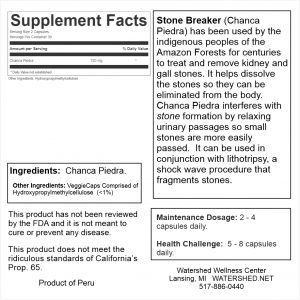
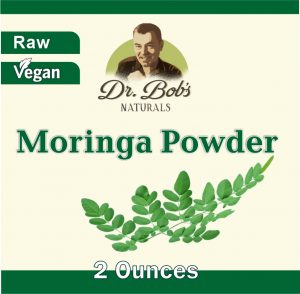
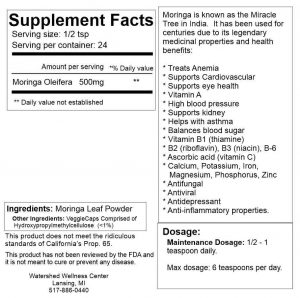

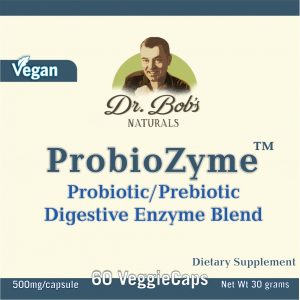

 By Dr. Bob McCauley
By Dr. Bob McCauley